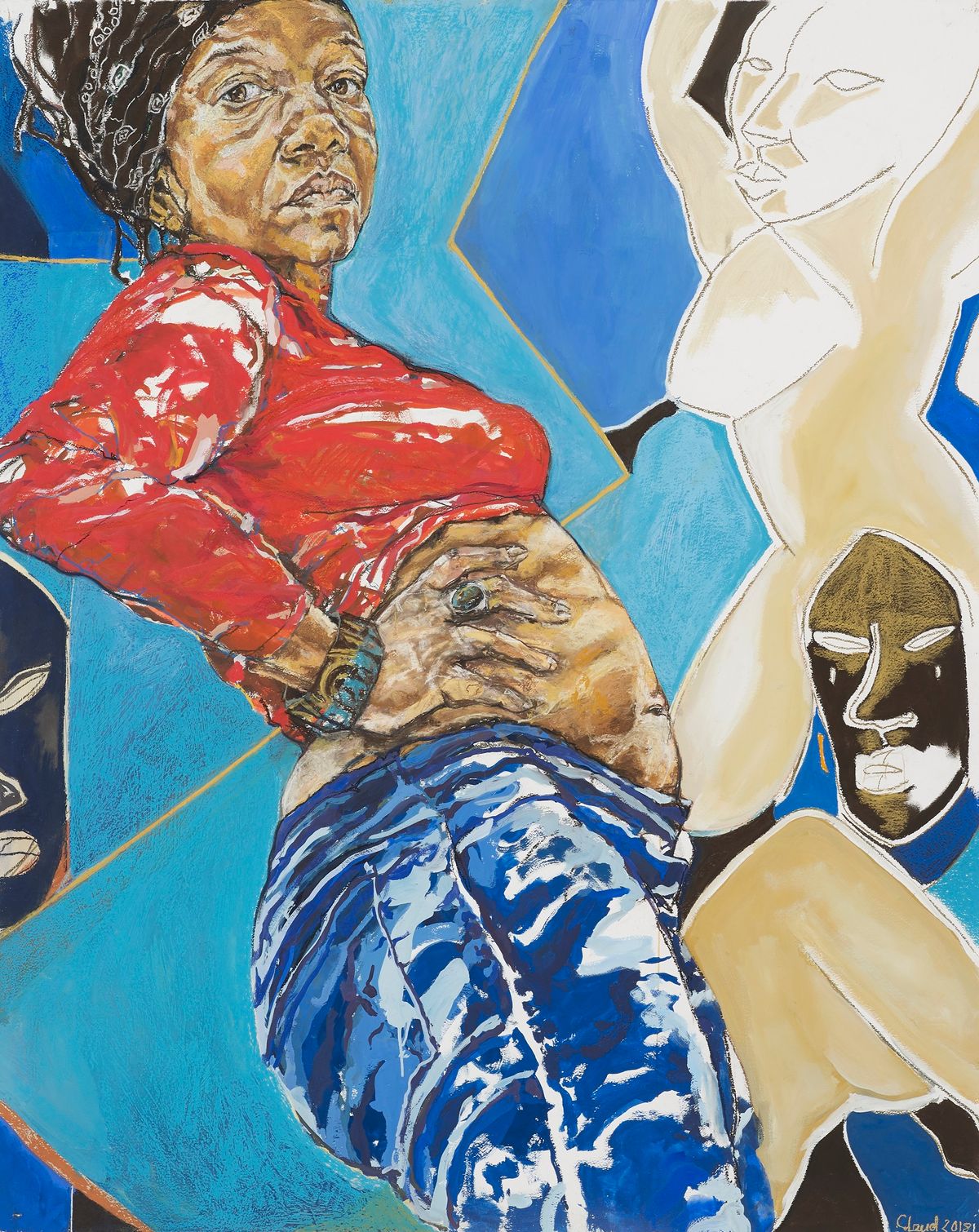The surge of interest in Black artists following the rise of the Black Lives Matter (BLM) movement "isn’t a flash in the pan", says the curator of a forthcoming exhibition of Black figurative art at the National Portrait Gallery in London (NPG). Ekow Eshun, the former director of the Institute of Contemporary Arts, London (ICA), has brought together works by 22 artists from the African diaspora for The Time Is Always Now: Artists Reframe the Black Figure (22 February-19 May). The exhibition features portraits by "some of the most celebrated artists in the world", Eshun says, including Lubaina Himid, Claudette Johnson, Chris Ofili and Kerry James Marshall.
Following the death of George Floyd in 2020, many museums and collectors scrambled to overhaul their holdings to include more Black artists. The NPG show is billed as a major study of the Black figure and its representation in contemporary art.
Eshun acknowledges that we are witnessing an “extraordinary flourishing of Black artistic virtuosity”. And with this, we have "moved beyond a sense" that the work produced by these artists "is potentially a moment". What his show aims to do is "invite scrutiny of the depth of exploration of what these artists are doing" and "to consider the fullness and the depth of experience and exploration that’s going on in each these works".
This is one of the first major exhibitions at the NPG since it reopened last year following a £41m refurbishment. “This show is a good fit with the reopening year of the gallery, in that it tries to think about a contemporary moment that we’re in,” Eshun says.
The institution’s rehang includes a prominent place for Portrait of Mai (Omai) by Joshua Reynolds, acquired by the NPG with the Getty for £50m last year, and one of the most renowned portraits of a non-white person in British art history. According to Eshun, his exhibition is not explicitly in dialogue with Reynolds's painting. "It’s an interesting question. The NPG’s got an amazing collection of works. For me, the emphasis is less on what’s happening outside the space of the exhibition. I’m interested in what’s happening within the exhibition: I’m interested in the gaze, insight and acuity that these artists are bringing to their subjects."
The Time Is Always Now takes its title from the work of James Baldwin, the American writer and civil rights campaigner. Eshun says the context of the exhibition is "the very long history of Black presence within Western art history but also Black misrepresentation, erasure, overlooking, marginalisation which comes really from the ways Western artists have depicted the Black figure". He continues: "All the works are from the year 2000 onwards, they’re all about how Black artists are looking at the Black figure and trying to move from looking at to looking with. Looking through the eyes of the artists and the subjects. And that, I think, is a singular shift that we see in the 21st century."


